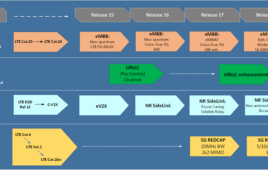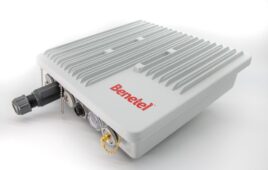Intel is turning to Ericsson to bring HSPA to Mobile Internet Devices (MIDs).
Ericsson’s HSPA data solution will be used in Intel’s Moorestown platform. Intel is developing Moorestown next-generation MID platform in an effort to reduce the size of the technology.
Specifically targeting MIDs and smartphones, the core processor will include integrated video, a memory controller and a video encoding engine. The architecture’s secondary chip includes a controller for networking, storage and video output.
“The Internet, with all of its richness, versatility and personalization, will forever change how we think about mobile computing,” said Anand Chandrasekher, Intel’s senior vice president and general manager for the Ultra Mobility Group, in a statement. “The high performance, low power and compatibility of Intel architecture, coupled with Ericsson’s 3G mobile technologies, represents one of the ways to accelerate the global adoption of a new breed of MIDs that provide people with more powerful, always-connected Internet-based experiences.”
Ericsson’s module will work on both W-CDMA/HSPA and GSM/EDGE networks worldwide.
Earlier this year, Strategy Analytics predicted that sales of Mobile Internet Devices (MIDs) will exceed $17 billion annually by 2014, and that Intel-based products will only take a minority share. No word yet from the firm if this collaboration will change that share.




